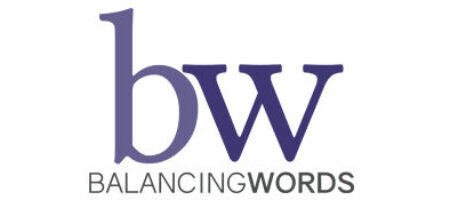
Most self-publishing authors I’ve spoken with know they want to offer their books in paperback and ebook formats. And more often than not, they ask me if they should consider offering a hardcover or audiobook version. My answer is that it depends.
When I first started my book review podcast and blog (circa 2006 when no one new what a podcast was yet and before self-publishing became the massive industry that it is now), traditional publishers would sell hardcover formats of new releases first. Readers who didn’t care about owning the hardcover or didn’t want to pay more for one would wait months or longer for the paperback formats to be released—and sometimes the paperback versions never came to be. Many traditional publishers still release the hardcover format first. As as self-published author, you have several things to consider before deciding to follow in their footsteps.
Whether or not to include a hardcover or audiobook format depends on a number of factors, such as genre, budget, book price, distribution channels, target reader audience trends, etc.
Let’s look at each of those factors in more detail.
Genre
Some genres lean more toward hardcover expectations for readers. For example, genres such as picture books, cookbooks, art and photography, poetry, self-help, and productivity are often available in hardcover if not only available in hardcover.
Other genres that often feature hardcover formats are epic fantasy, YA fantasy, historical nonfiction, anthologies, and popular fiction series. Do some research in your genre to get a feel of how many self-publishing authors offer a hardcover format.
Budget
Even if other authors in your genre offer hardcover formats, your budget may not allow for the cost of creating additional cover and print designs for a hardcover. If your budget allows for either hardcover or marketing, I suggest choosing marketing. If you combine a well-written book with strateging book marketing, you may make enough to offer a hardcover edition in the future. As a bonus, releasing a hardcover edition later gives you an additional opporunity to market your book.
Book List Price
Hardcover books cost more to print. While big traditional publishers often have printing contracts or order large print runs that bring down the cost of printing hardcovers, self-publishing authors usually don’t have the option (or the budget) to take that approach. Some of the self-publishing authors I speak with are surprised at how high they need to price their hardcovers to stay in the black, let alone make a decent profit. You’ll want to consider if your book’s list price takes it beyond your reader’s willingness to pay.
The book’s trim size, paper quality, number of pages, cover type (case laminate with or without a dust jacket), and the wholesale discount (the discount you give book stores off of the book’s list price) all affect the royalty you receive when book stores or readers purchase your book.
Using IngramSpark’s Publisher Compensation Calculator, at the time this post was published, a 6×9-inch, 250-page hardcover printed in black and white on 50 lb. white paper with a case laminate cover and no dust jacket costs $9.07 to print. With a list price of $23.99 and a 50% wholesale discount (bookstores want the best discount you’ll offer them, but I chose 50% for simplicity), author compensation is $2.69 per book. If you order a box of your books to sell and distribute yourself, a shipping charge is added to that $9.07 printing cost (affected by number of copies ordered), so keep that in mind for profit if you’ll be selling and distributing the books yourself.
Distribution Channels
Until the last few years, self-publishing authors who wanted to release their book in hardcover needed to either fund a print run through a printer or use IngramSpark’s print-on-demand distribution. Now, KDP also offers a hardcover option for authors using their print-on-demand distribution, though it is currently limited to case laminate covers without dust jackets (think textbooks) and has fewer trim size options compared to IngramSpark. While Amazon will sell books printed only through IngramSpark, there are costs involved that will impact your royalties, so make sure you do your research if you’re considering that route.
Target Reader Audience
Understanding how your target audience purchases the books they read will help you decide on whether to offer a hardcover edition. For example, if you are a prolific writer of steamy romances with multiple books on Kindle Unlimited, it’s likely that your readers go through books quickly. If most of your readers read ebooks on their devices and can read a lot of books in a short amount of time, it’s likely they don’t have the patience or money to purchase every book they want to read in hardcover. However, if you’re writing a cookbook or a picture book series, a hardcover edition may be something to seriously consider because of durability.
IngramSpark describes three types of book customers: the trendsetter, the collector, and the techie. I suggest giving the article a read to help determine where your reader fits and how that impacts the formats you offer.
Ultimately, as a self-publishing author, only you can decide if a hardcover decision will be worth the time and investment. A consultation with a good book marketer may help you make that decision based on their knowledge of the book industry.
Happy writing!
